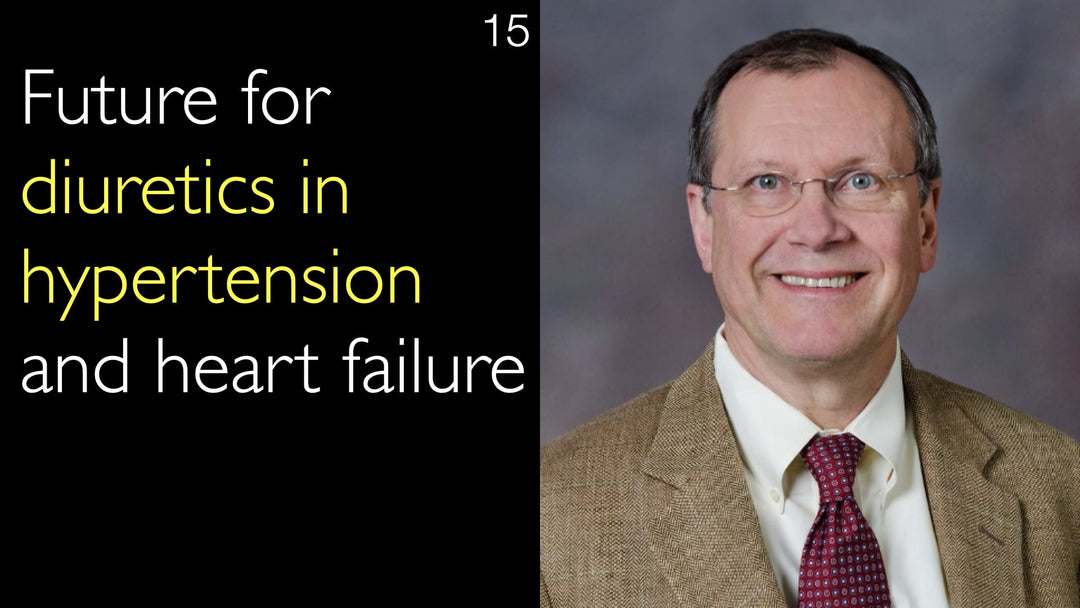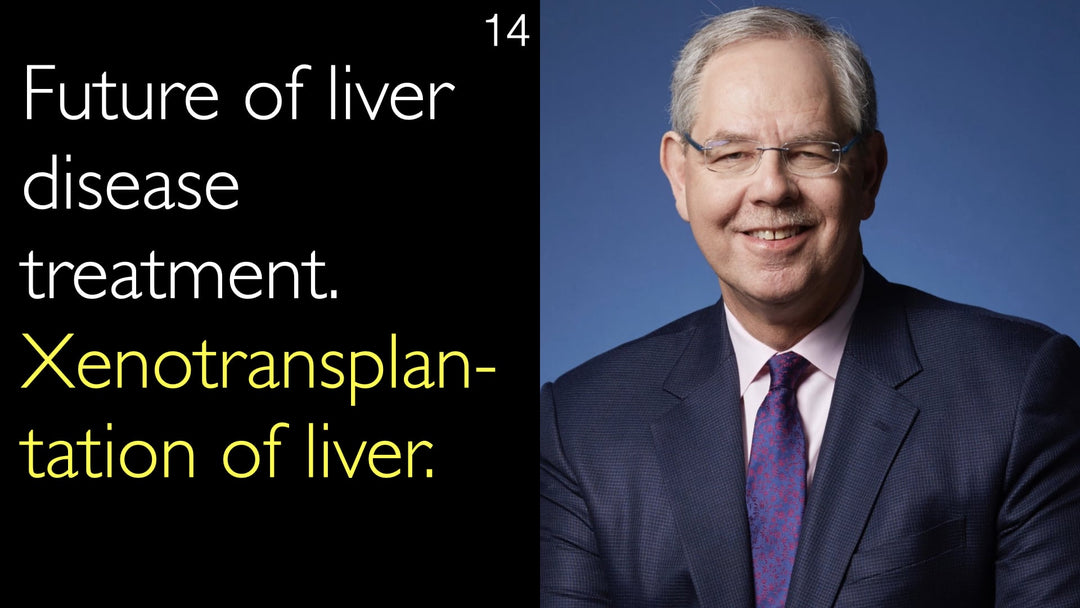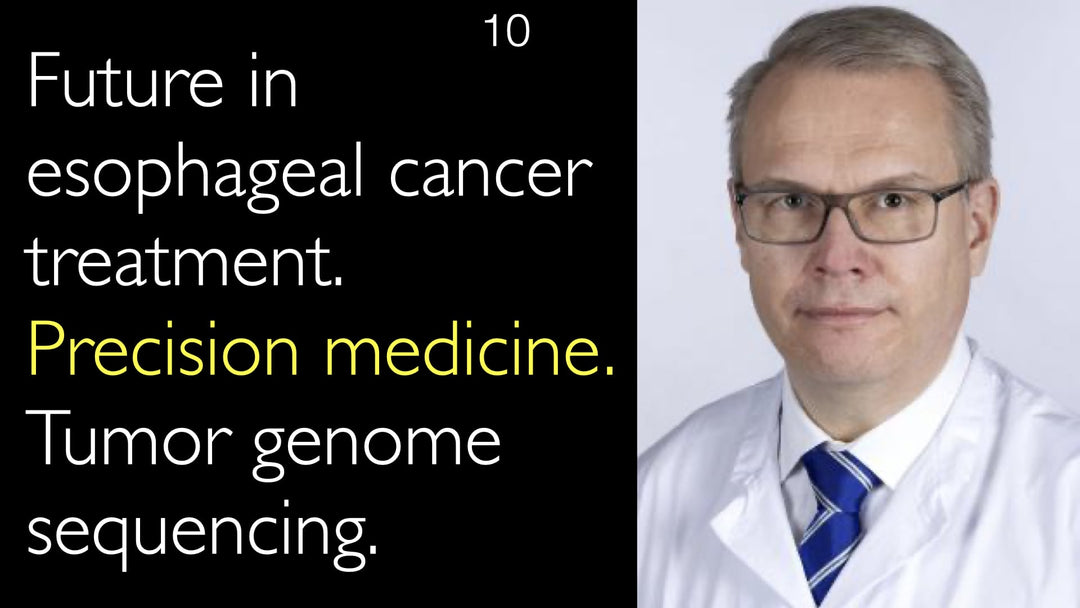Leading expert in radiology, CT, and MRI, Dr. Kent Yucel, MD, explains how mobile ultrasound devices and consumer-driven imaging are transforming radiology. He highlights the critical need for proper physician training to avoid misinterpreting results. Dr. Kent Yucel, MD, discusses the risks of direct-to-consumer marketing for CT and MRI scans. He emphasizes that radiologists add the most value by communicating directly with referring physicians, not patients. This ensures radiology findings are placed in the correct clinical context for optimal patient care.
Mobile Radiology and Consumer-Driven Imaging: Future Trends and Training Needs
Jump To Section
- Mobile Ultrasound Devices
- Training Risks in Image Interpretation
- Consumer-Driven CT and MRI
- Radiologist-Patient Communication
- Value for Referring Physicians
- Full Transcript
Mobile Ultrasound Devices
Miniaturization has created high-quality, pocket-sized ultrasound machines. Dr. Kent Yucel, MD, confirms that devices like the GE Healthcare Vscan produce excellent diagnostic images. These portable tools allow physicians to perform bedside scans with great convenience. The technology itself is no longer a barrier to point-of-care imaging.
Training Risks in Image Interpretation
The primary challenge with mobile imaging is ensuring adequate physician training. Dr. Yucel stresses that high-quality equipment does not replace the need for skilled interpretation. Radiologists and cardiologists receive extensive training to decide what findings are important. A poorly trained doctor risks missing a serious condition on an ultrasound scan. Conversely, they might also misinterpret a benign finding as a significant problem.
This is where a medical second opinion becomes crucial. Dr. Anton Titov, MD, notes that second opinions confirm the accuracy of ultrasound findings for conditions like heart disease or cancer. This process ensures patients receive the correct diagnosis and the best treatment strategy.
Consumer-Driven CT and MRI
Advanced imaging like CT and MRI is increasingly marketed directly to consumers. Dr. Anton Titov, MD, explores whether this trend creates an opportunity for radiologists to consult directly with patients. This shift represents a larger move toward consumer-driven healthcare. It challenges the traditional diagnostic pathway where a referring physician orders the scan.
Radiologist-Patient Communication
Direct communication between radiologists and patients is a hotly debated topic. Dr. Kent Yucel, MD, explains that while it works in mammography, it is problematic elsewhere. Radiology findings must be interpreted within the full clinical context of the patient. This includes lab tests, physical exam results, and symptom history.
Dr. Yucel provides a clear example with spine MRI for back pain. These scans often detect abnormalities unrelated to the patient's symptoms. Without the full clinical picture, a radiologist discussing results directly with a patient could create more confusion than clarity.
Value for Referring Physicians
Dr. Kent Yucel, MD, believes radiologists add the most value by communicating with the doctors who order exams. A verbal discussion helps the referring physician properly contextualize the radiology report. This collaboration is the golden standard for patient care. It ensures that imaging findings lead to appropriate management decisions.
Dr. Anton Titov, MD, concludes that this team-based approach will remain essential. The future of radiology is mobile and consumer-driven, but effective care still relies on physician collaboration.
Full Transcript
Radiology future is mobile and consumer-driven. Ultrasound scans are pocket-size. MRI and CT services are marketed directly to consumers.
Leading MRI and CT radiologist answers key radiology-related questions in an extensive video interview. What will future medical technology advances bring to radiology? What are the implications of training needs and communication trends for the future of radiology?
Radiology future is mobile and consumer-driven. Pocket ultrasound scanners have very good quality, such as the GE Healthcare Vscan. But doctors have to learn how to use pocket ultrasound devices properly.
Dr. Kent Yucel, MD: Radiologists and cardiologists have the best training to interpret results of ultrasound scans. They can decide what is important and what is not. The risk is that a poorly trained doctor can miss important findings on ultrasound results. A doctor can also attribute too much meaning to benign findings of pocket ultrasound.
Dr. Anton Titov, MD: Medical second opinion on any cardiac ultrasound or abdominal ultrasound confirms that findings are correct and meaningful. Medical second opinion also helps to choose the best treatment strategy for a patient's problem identified on ultrasound. Seek medical second opinion on cancer and heart disease and be confident that your treatment is the best.
Dr. Kent Yucel, MD: Radiologists are also pushed to interact with patients more directly. This can confuse patients because the radiologist does not have all inputs into the patient's situation. Radiologists best serve patients by communicating more with physicians who order radiology tests.
Dr. Anton Titov, MD: We had a very thorough discussion about advanced imaging technologies for patients with many health conditions. Let this be a concluding topic of our conversation today. What is your view on the impact that mobile devices have on practice and training in such a visually oriented field as radiology?
Dr. Kent Yucel, MD: When we talk about mobile imaging devices, we are talking primarily about mobile ultrasound. Ultrasound miniaturization of ultrasound devices has progressed very far. Now there are ultrasound machines that have very good quality of ultrasound pictures. Doctors can carry these devices around with them from one place to the other. They can use portable ultrasound devices at the bedside.
Their risk is in a human factor. While the imaging may be high quality, there is still a tremendous need for doctors who are using this equipment to have adequate training in evaluating the pictures. Otherwise, they may think that nothing is wrong with the patient when the patient has a serious condition that they failed to find.
Or, equally concerning, they may see something on the picture they don't understand. And that finding is not a problem. Maybe it is a benign finding, and they misinterpreted it as a significant finding.
So the equipment issue is solved effectively with ultrasound. There are small devices that are very mobile. That is true. The real problem is making sure the doctors who are using these devices are adequately trained. They don't necessarily have to be radiologists. But radiologists, as an example, or cardiologists, are very well trained at doing ultrasound exams.
They are trained in deciding what's important and what's not important. They know what the ultrasound may have failed to detect. So then patients need further imaging based on the findings of ultrasound.
I am not saying only the radiologist or cardiologist have to do ultrasound. But I am saying that doctors who are going to be doing ultrasound must have the extra training needed to interpret the pictures.
Dr. Anton Titov, MD: As a follow-up question, MRIs and CTs are becoming widely available to patients and marketed to consumers. So does that bring an opportunity for more direct consultations of patients to radiologists? Maybe radiologists should now bypass a number of physicians that are traditionally inserted along the value chain for somebody who is scheduled to do CT or MRI?
This is the consumer-driven healthcare culture. Can direct contact between radiologists and patients be beneficial for the practice of radiology?
Dr. Kent Yucel, MD: That is a very hot topic in the United States right now. Radiologists are talking about getting more involved in direct patient communication. Radiologists historically communicated directly with patients in the mammography field. So with mammography, the decision of "do nothing" or to get further evaluation of patient's breast is up to the radiologist. The radiologist is responsible for communicating that decision to the patient.
So there has been a lot of talk about extending direct communication between radiologists and patients to other areas. I have a problem with that strategy. Many radiologic findings need to be placed in the overall clinical context of the patient. Only then doctors know how to manage patients.
So the lab tests, the physical exam, the presenting symptoms—all need to be taken into account to decide what to do about the radiology finding. A perfect example is MRI of the spine for back disease, back pain. MRI of the spine detects all kinds of abnormalities, many of them not related to the patient's symptoms.
So that is where the careful physical examination is required. Talking to the patient is mandatory to know whether these MRI findings in the back, in the discs, or in the nerves need to be treated or not. It is a great idea theoretically. But the way radiologist can add most to the value chain is by talking more directly to doctors who are ordering the exam.
Radiologist can help ordering doctors to put the findings in context. Sometimes the ordering doctors may have difficulty interpreting the reports. And that is where radiologists can add value to that patient's care. Radiologists should communicate directly, verbally, with the patient's doctors.
The problem communicating with the patients directly is it can create more confusion than clarity in their mind.
Dr. Anton Titov, MD: So the traditional way of team interaction in patient care remains the golden standard and would be so in the foreseeable future.
Dr. Kent Yucel, MD: Exactly.
Dr. Anton Titov, MD: Professor Yucel, thank you very much for this extensive discussion today about advanced imaging of various organ systems. It has been very helpful to learn a lot of new insights.
Dr. Kent Yucel, MD: I'm sure that it will be very helpful for all those who see this interview and this video.
Dr. Anton Titov, MD: You are very welcome! Thank you! Thank you very much!
Radiology future is mobile and consumer-driven. Video interview with leading expert in radiology. How mobile technology pushes and changes radiology field.







